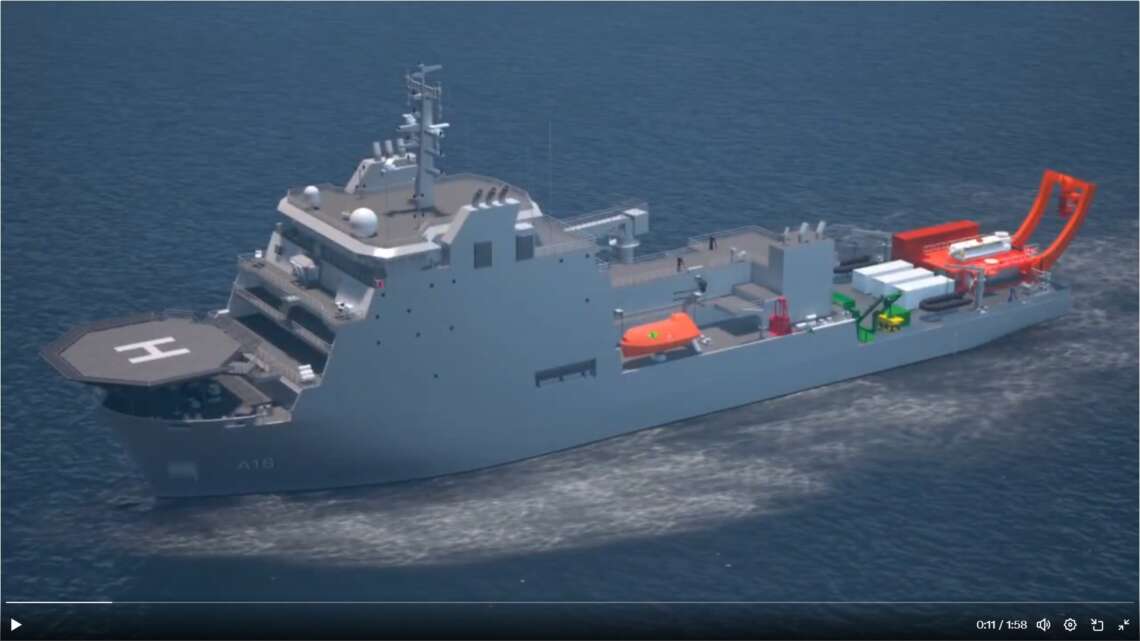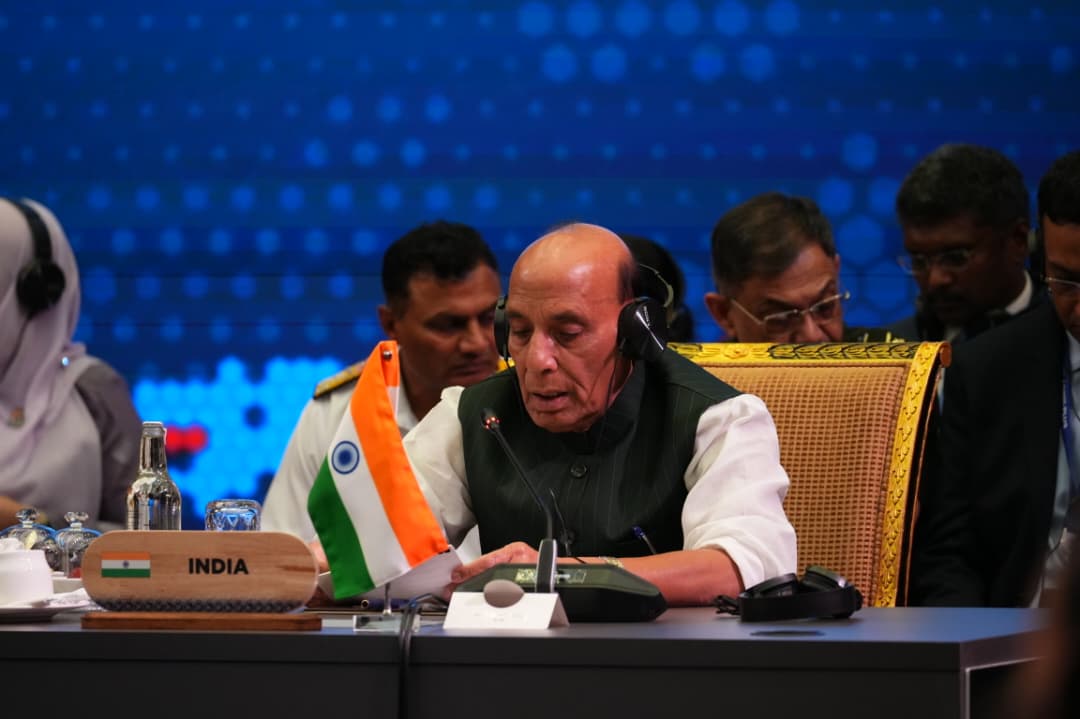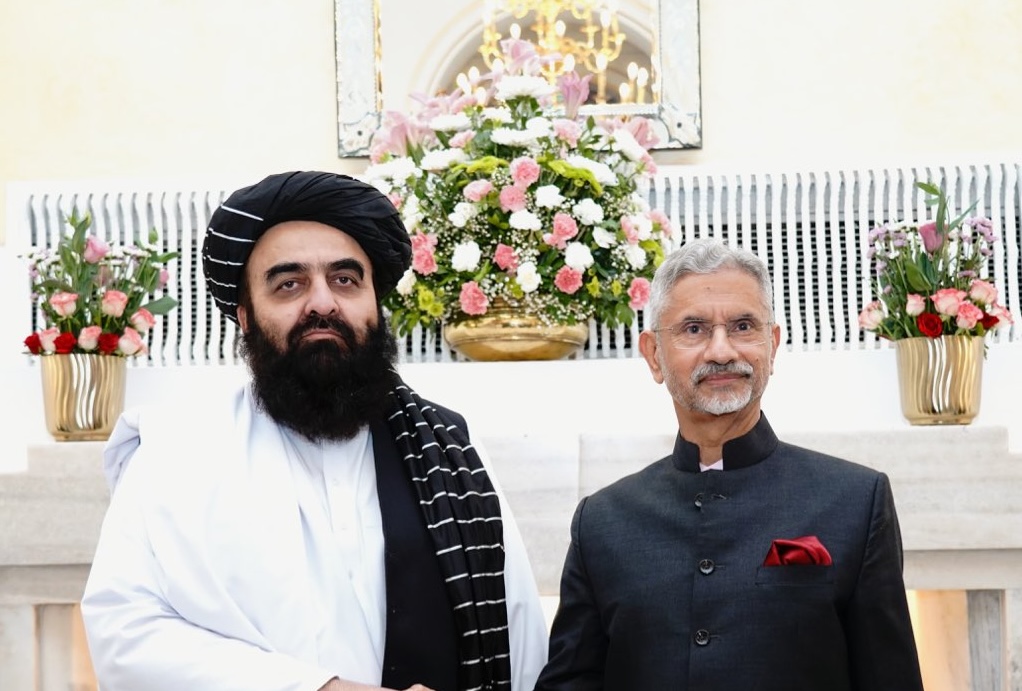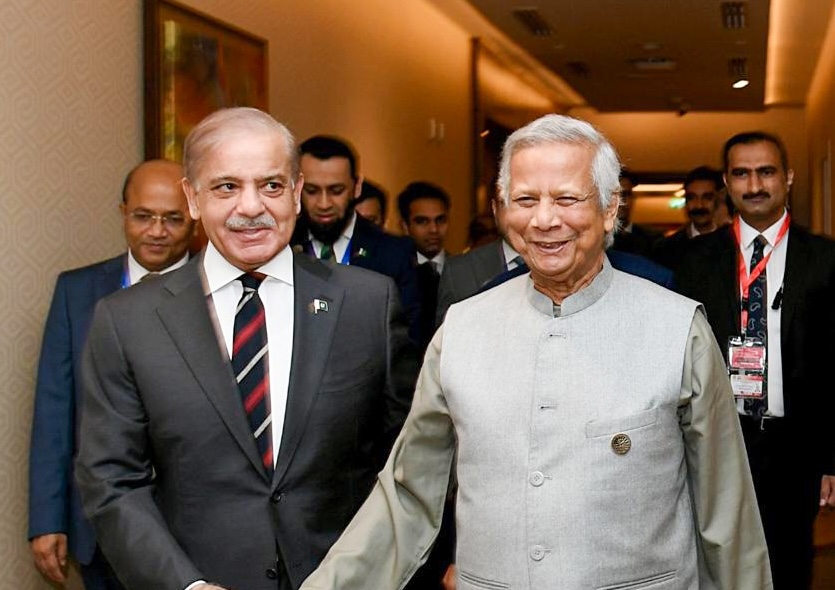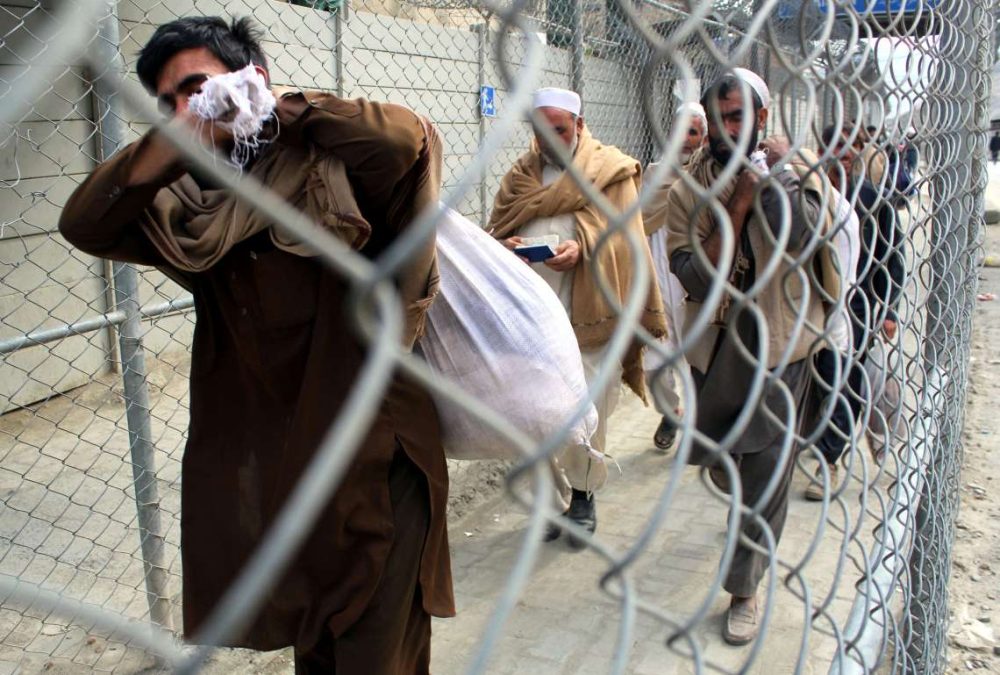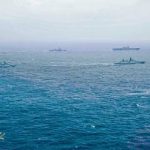
The ship’s Sanskrit name, meaning liberation, highlights its key role in boosting India’s deep-sea rescue abilities—rare among global navies…writes Manan Bhatt
The Indian Navy today commissioned INS Nistar, which is India’s first Diving Support Vessel (DSV), delivered to the Indian Navy by Hindustan Shipyard Limited in July 2025.
On commissioning, the ship joins the Eastern Naval Command to support deep-sea diving and submarine rescue operations.
The ship’s Sanskrit name, meaning liberation or rescue, reflects its crucial role in enhancing India’s deep-sea rescue and operational capabilities—a distinction held by only a select few navies globally.
The delivery and commissioning of INS Nistar to the Indian Navy mark a major leap, as previous capabilities were limited and not comparable to the current operational and technical sophistication of Nistar. Before INS Nistar, the Indian Navy did not operate any indigenous, full-scale diving support vessels (DSVs). This warship, designed and constructed domestically, is built using equipment sourced from Indian OEMs.
On 8 July 2025, Hindustan Shipyard Limited delivered ‘Nistar’—India’s first indigenously designed and constructed Diving Support Vessel (DSV)—to the Indian Navy at Visakhapatnam. Built to Indian Register of Shipping (IRS) standards and with nearly 75% indigenous content, INS Nistar marks a major step in the Navy’s self-reliance.
The ‘Keel Laying’ ceremony for the third Fleet Support Ship (FSS) took place at M/s L&T Shipyard, Kattupalli, on 09 July 2025, in the presence of Vice Admiral Rajaram Swaminathan, Controller Warship Production & Acquisition, alongside senior officials from the Indian Navy, HSL, and M/s L&T.
It was in August 2023 that the Indian Navy signed a contract with HSL for the acquisition of five Fleet Support Ships (FSS), with deliveries scheduled to commence from mid-2027.
Measuring 118 meters and displacing nearly 10,000 tons, the highly specialised vessel is equipped for deep-sea saturation diving up to 300 meters and can conduct diving operations via a side diving stage up to 75 meters. The vessel also acts as a ‘Mother Ship’ for the Deep Submergence Rescue Vessel (DSRV), enabling submarine crew rescues in emergencies, and features Remotely Operated Vehicles (ROVs) for diver monitoring and salvage up to 1,000 meters.
The ship is also equipped with an operating theatre, intensive care unit, eight-bed hospital, and hyperbaric medical facilities, all of which are essential for fulfilling its operational roles.

With an endurance of over 60 days at sea, the ability to conduct helicopter operations, and a 15-ton subsea crane, the vessel is an exceptionally versatile platform.
Diving support vessels (DSVs) enable safe, precise, and sustained professional underwater operations essential for both military and commercial sectors. Equipped with advanced technologies like dynamic positioning, side-scan sonar ROVs, and saturation diving systems, DSVs support tasks such as underwater inspection, maintenance, repair, and installation for subsea pipelines, cables, and offshore structures.
They play a vital role in submarine rescue and salvage, enhancing maritime safety and security. By supporting the maintenance and expansion of critical underwater infrastructure, DSVs make a significant contribution to economic development and national security.
Previously, ex-Nistar served as a Soviet-acquired submarine rescue vessel, contributing significantly to the Navy’s rescue operations. The new INS Nistar continues this legacy, guided by the motto “Deliverance with Precision and Bravery.”
Upon induction, the FSS will enhance the Indian Navy’s ‘Blue Water’ capabilities by facilitating the replenishment of fleet ships at sea. With a displacement exceeding 40,000 tons, these ships will transport fuel, water, ammunition, and stores, enabling extended and sustained fleet operations at sea, thereby increasing reach and mobility.
Moreover, these ships will also be equipped to carry out Humanitarian Aid and Disaster Relief (HADR) missions, enabling the evacuation of personnel and rapid delivery of relief supplies during natural disasters.
Manan Bhatt is a renowned Military Author, a Naval Veteran and Defence Analyst. He tweets at @mananbhattnavy


